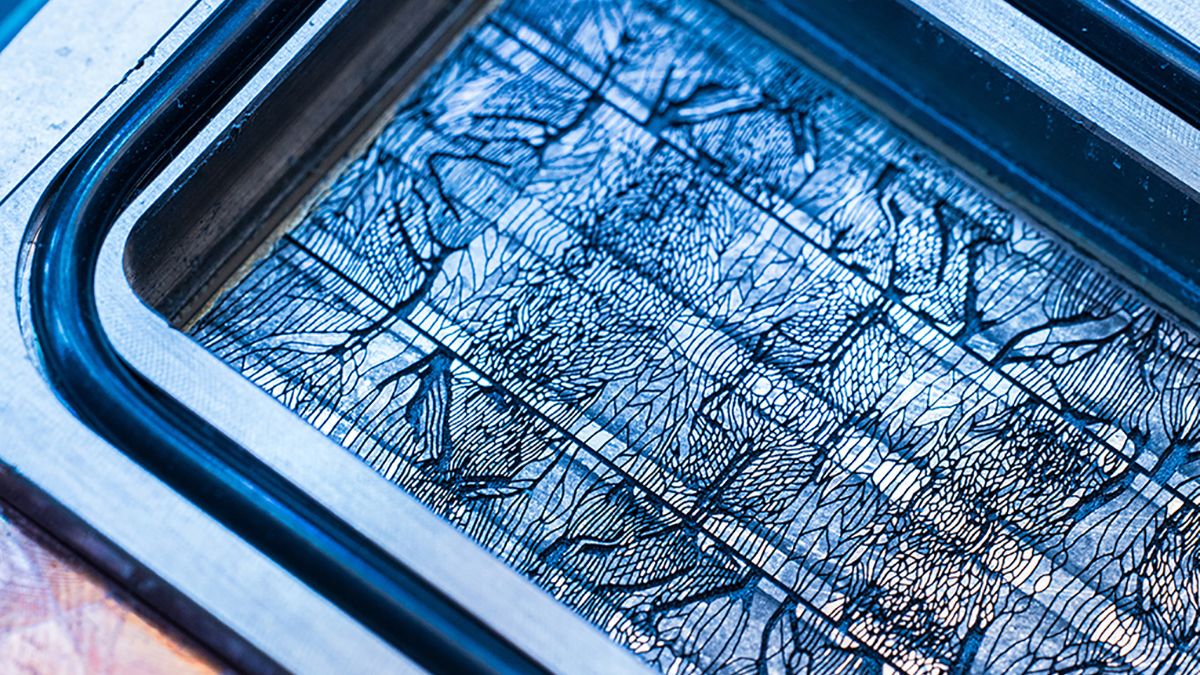
- Microsoft lab tests microfluidics cooling that triples efficiency compared to cold plates
- Researchers say new system reduces GPU heat rise by 65 percent in trials
- Microfluidics cooling promises denser, faster data centers while reducing energy costs for AI workloads
Microsoft has revealed it is testing a new chip cooling approach called microfluidics, aiming to solve one of the biggest challenges for artificial intelligence hardware.
As AI chips grow more powerful, they generate more heat than previous generations, pushing traditional cooling methods close to their limits.
Most data centers today use cold plates, where liquid passes through a plate attached to the chip. That system is separated from the heat source by multiple layers that trap heat, limiting its effectiveness. Microsoft’s new design takes a different path.
Reliability tests
With microfluidics, tiny grooves are etched directly into the back of the chip, allowing coolant to flow onto the silicon itself and remove heat more efficiently.
Judy Priest, Corporate VP and CTO for Cloud Operations and Innovation at Microsoft, believes the new approach could reshape how future chips are built.
“Microfluidics would allow for more power-dense designs that will enable more features that customers care about and give better performance in a smaller amount of space,” she said in a blog post announcing the news.
Priest added that having proved the technology and shown the design worked, the next step was to test its reliability.
In lab experiments, microfluidics removed heat up to three times better than cold plates, depending on workload, and also reduced GPU temperature rise by 65%.
By combining the channel design with AI that maps unique hotspots on the chip, Microsoft was able to direct coolant with greater precision.
Sashi Majety, senior technical program manager at Microsoft, said heat is becoming a barrier. “If you’re still relying heavily on traditional cold plate technology, you’re stuck,” he said, adding that within five years chips may run too hot to be cooled effectively with today’s systems.
Microsoft believes its breakthrough shows how new approaches could enable faster, denser data centers while also lowering energy use for cooling.
The tech giant is collaborating with Swiss startup Corintis to refine the chip design.
In a bid to to massively reduce its water usage, Microsoft previously revealed it was working on a closed loop cooling system for data centers.
A number of other technology firms, including Lenovo, Dell, Supermicro and Giga Computing, are also racing to develop advanced cooling systems, as overheating risks putting a ceiling on the pace of AI progress.







